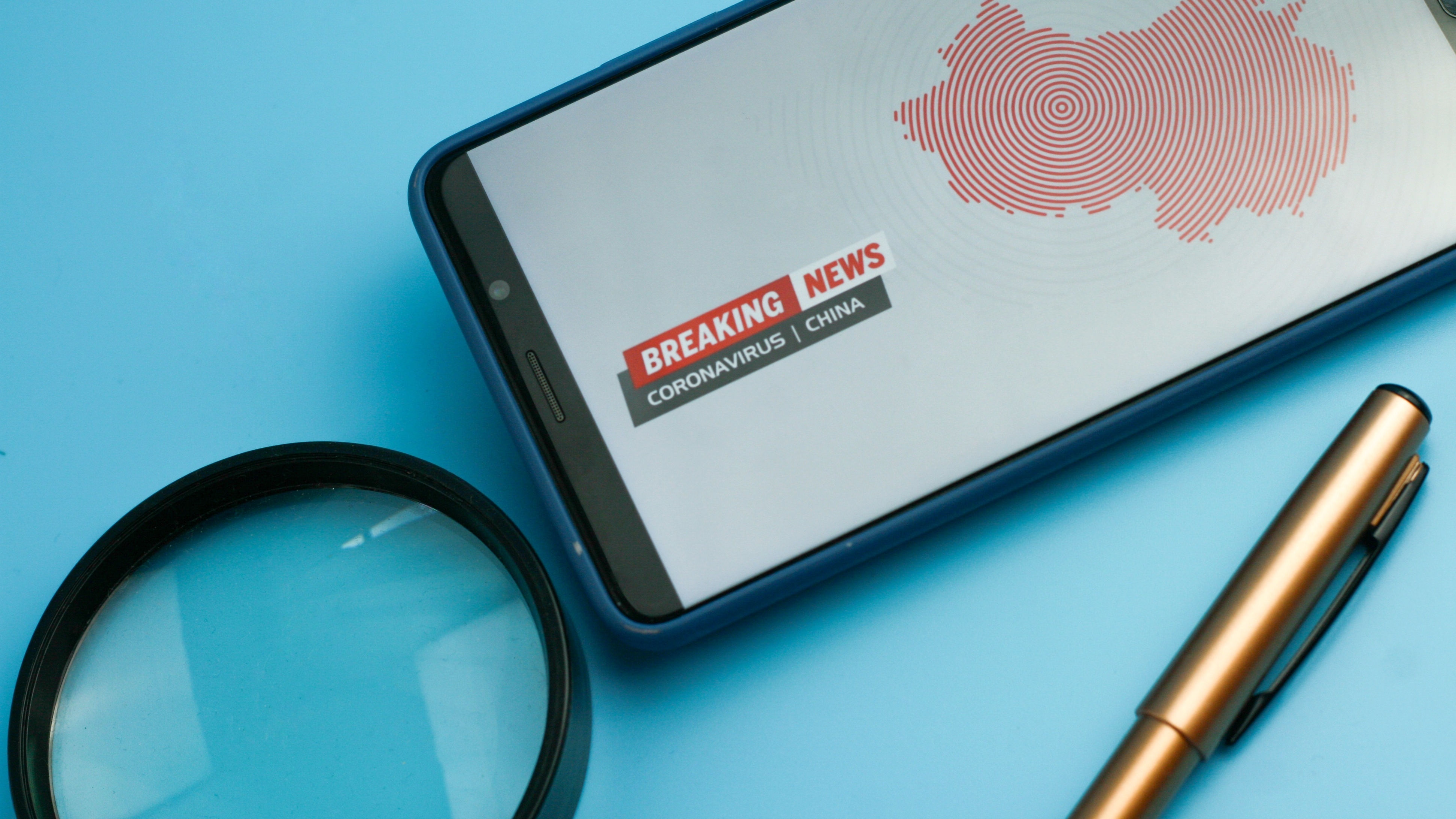Managing Complexity in the Supply Chain: Motorola’s War on Supply Chain Complexity – Part 2
In the last column, I shared an example of how Motorola is reducing complexity in their supply chain. This initiative was started by Theresa Metty, senior VP of procurement at Motorola. Theresa used to surround her desk with scores of stuffed, two-headed “complexity monsters.” They toys serve as a constant reminder at Motorola Inc. that more intricate products mean a more challenging manufacturing process and an unwieldy supply chain.
The integrated communications and embedded electronic solutions provider is halfway through a three-year overhaul of its supply chain. Metty, who was senior vice president, chief procurement officer for Motorola, led the charge to make it “a competitive advantage for Motorola and not just part of the plumbing.”
As the former senior vice president for Motorola’s Personal Communication Sector Metty oversaw a $1.4 billion reduction in inventory and $2.6 billion in costs driven from the supply chain. “You can imagine the cash flow impact that’s had,” she says. “That’s probably the best evidence that what we’re doing is working. I’d be the first one though to tell you that we’re not done yet.”
Metty’s team established two key initiatives that they felt would have the most impact on improving the supply chain. One is the Next Generation Supply Chain, that’s defining the systems and the processes that put Motorola in to a position to offer our customers incredible supply chain services. The other one, and it’s important that they be done in parallel, is the war on complexities.
Motorola has made great progress on both, and they’re so tightly tied to each other, it’s hard to talk about one without talking about the other.
Motorola started out identifying 39 separate but related and integrated projects that would reposition the supply chain to not only be incredibly lean, efficient, flexible and responsive for Motorola, but also put them in a position to offer supply chain services to their most preferred customers. The team could see that their most important customers would not want to be in the hardware management business. They don’t want to have to carry cell phones in their warehouses; it is the way they deliver their service. If Motorola could put themselves in a position to do that for them, in a world class way, it would be a true differentiator. And it’s turning out that it is exactly that. They’re delighted with the supply chain services Motorola is able to offer them. And they have more and more of those services coming on line every month as they deploy pieces of functionality that have been defined in the next generation supply chain.
Probably the most important of those is collaborative planning forecasting and replenishment where Motorola partners with customers to decide on what they’re going to promote in their stores and how long they want to carry the product. Motorola does the forecasting and replenishment based on that collaboration — in some cases on a weekly basis and others less often. Eventually, that manual collaboration will get overridden with systems that will bring a high level of automation and simulation so that fewer human beings have to be involved in that process.
Metty noted that it was impossible to redesign the supply chain without making changes in product design. “We can do all that, and if we don’t have a product portfolio that’s designed for that kink of supply chain, then it will have been for nothing. That brings us to the war on complexity. That’s all about promoting things that make products flow through our supply chain in a really efficient effective way. And it would be things like design for postponement. So, if one of our preferred customers says, ‘our consumers really love this form factor of a phone, but we really think it would sell better if it came in silver instead of black,’ then in just a few days we can have the housings in the color they prefer and we already have the generic guts of the phone. We call it an endoskeleton. The inside of the phone has been designed so that you can snap the cover off and on very easily. In essence, you can give the carrier their very own phone — a phone that a consumer could only buy if they went to that particular carrier. Now there’s differentiation. You can begin branding your carrier through a postponable product. But you have to design the product for that. If you have to design the product for the housing to put on in the factory, you’ve lost the battle. The means the customer has to forecast weeks in advance, and that just doesn’t happen in our industry. So, designing for postponement is the cornerstone of the war on complexity.”
Some of the other key things completed by Motorola included using industry standard components whenever possible. This meant having to carry less inventory and at the end of a products life, industry standard parts are resellable into the merchant market, so Motorola was not stuck with a bunch of excess and obsolete material.
Probably the third cornerstone is reusing, whenever possible, components and elements of design from phone to phone to phone, to shorten the time to market. Once again, when a product gets to its end of life, if the components in it are reused, you’ve got the opportunity to turn that potentially excess inventory into good inventory. Metty noted that “If you’re using many of the same components in many of your products and they’re industry standard components on top of that, you don’t need to carry very much inventory. Those are three aspects of the war on complexity.”
To measure progress towards this goal, Motorola created a complexity index. Metty commented how this came about. “It came out of — one of my very first meetings that I had with my staff and it was really clear to me after just a few weeks of being here that we had enormous complexity in our products and in our portfolio. I don’t think people really understand when I talk about things being complex. They go, ‘yeah, what do you mean?’ To talk about it in a way that is meaningful to the person in sales or meaningful to the person in finance or meaningful to the head of engineering, we came up with a complexity index. That index measures every one of our products relative to our competitors’ products and relative to the theoretical best in class. What would you do if you were the best at every aspect?
We’ve actually identified 10 complexity factors and we measure every one of those 10 factors on our products and our competitors’ products.
If a product has a complexity index of 1.0, it means it’s at parity with best in class. If it’s anything over 1.0 — if it’s 1.5 — that means it’s significantly more complex than our competitors. And if it’s less than 1.0, it’s best in class. It’s better than anyone else’s out there. We did that because that becomes the leading indicator for us of how efficiently that product is going to behave in our supply chain. And that’s a huge driver of cost, and a huge driver of inventory and a huge driver of our ability to respond to last minute requests from our customers.
This example provides a good set of ideas regarding how to begin measuring complexity in your supply chain. If you are struggling with complexity – hopefully you can take some of these ideas and use them as a starting point for brainstorming some new metrics for the war on complexity in your supply chain.
Reference:
Motorola’s Theresa Metty explains how the phone giant implemented its next generation supply chain and slayed the complexity monster, by Daniel Jacobs. Total SupplyChain.com, Penton Media, 2003.
- Categories:


